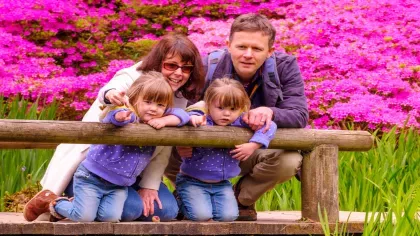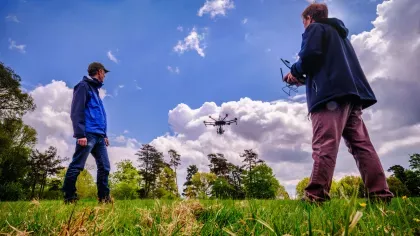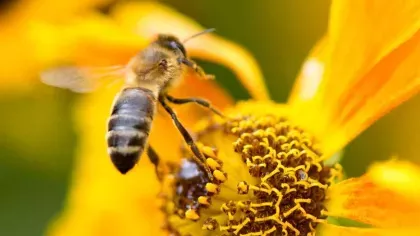12 June 2022
Nature Unlocked: Protecting our pollinators
Discover how we're helping to create a haven for bees, wasps and hoverflies.

Pollination is one of our planet’s most important biological processes. Pollinators, such as bees, wasps and hoverflies, transfer pollen grains from the male to female parts of plants and as a result new seeds are produced, and the natural world can flourish.
Through Nature Unlocked, we’re exploring how we can manage ecosystems and support some of our smallest allies.
With many species in decline as a result of climate change and habitat loss, our researchers are studying the bee population of Wakehurst and unearthing which plants offer the most benefits to our native pollinators.
Meet the expert
Leading the Pollination research team is Dr Hauke Koch whose passion for bees stems from his busy childhood garden.
Hauke explained, 'there were so many different species that I knew so little about, and I wanted to find out what was going on.'
This interest led to conservation work in Germany, a PhD in Switzerland, and eventually his current role in the Kew Science team.
Despite an unfortunate allergy to bumblebee stings, Hauke finds them a fascinating group to study, with opportunities for close lab analysis and wider field experiments.
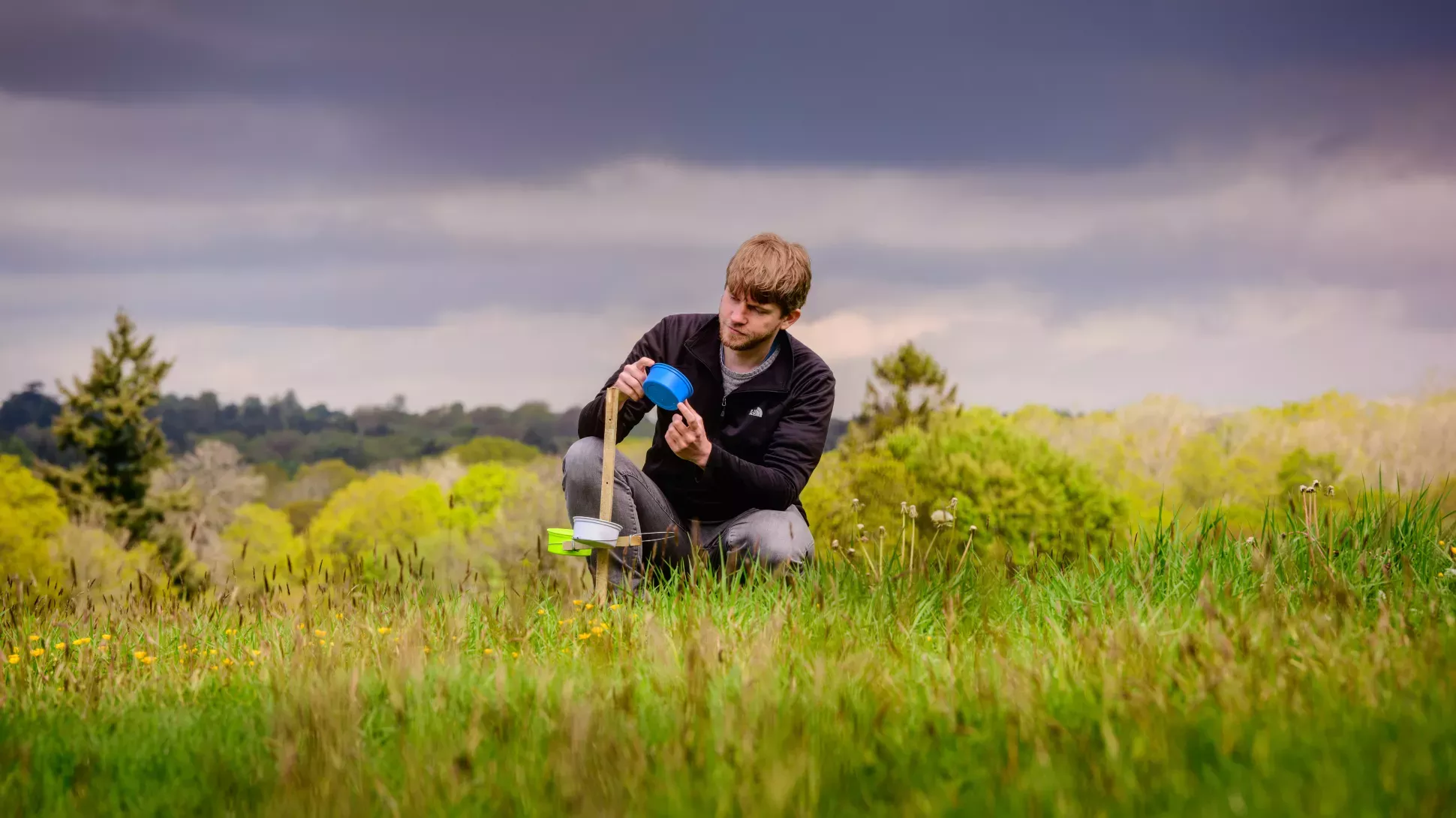
Getting to know Wakehurst’s bees
Mapping out the diverse population of bees across Wakehurst will help us understand which landscapes provide the best benefits for pollinators.
The team have been primarily investigating solitary bees, including some interesting mining bees (Andrenas) and the red mason bee (Osmia bicornis), which has taken up residence in the bee hotel in Wakehurst's Pollination Garden.
Rarer bees found at Wakehurst include the long-horned bee (Eucera longicornis), with its distinctive large antennae, last spotted by Hauke in 2016.
Over in the Loder Valley Nature Reserve, the threatened fringe-horned mason bee (Osmia pilicornis) was discovered in the 1990s but has not been seen since.
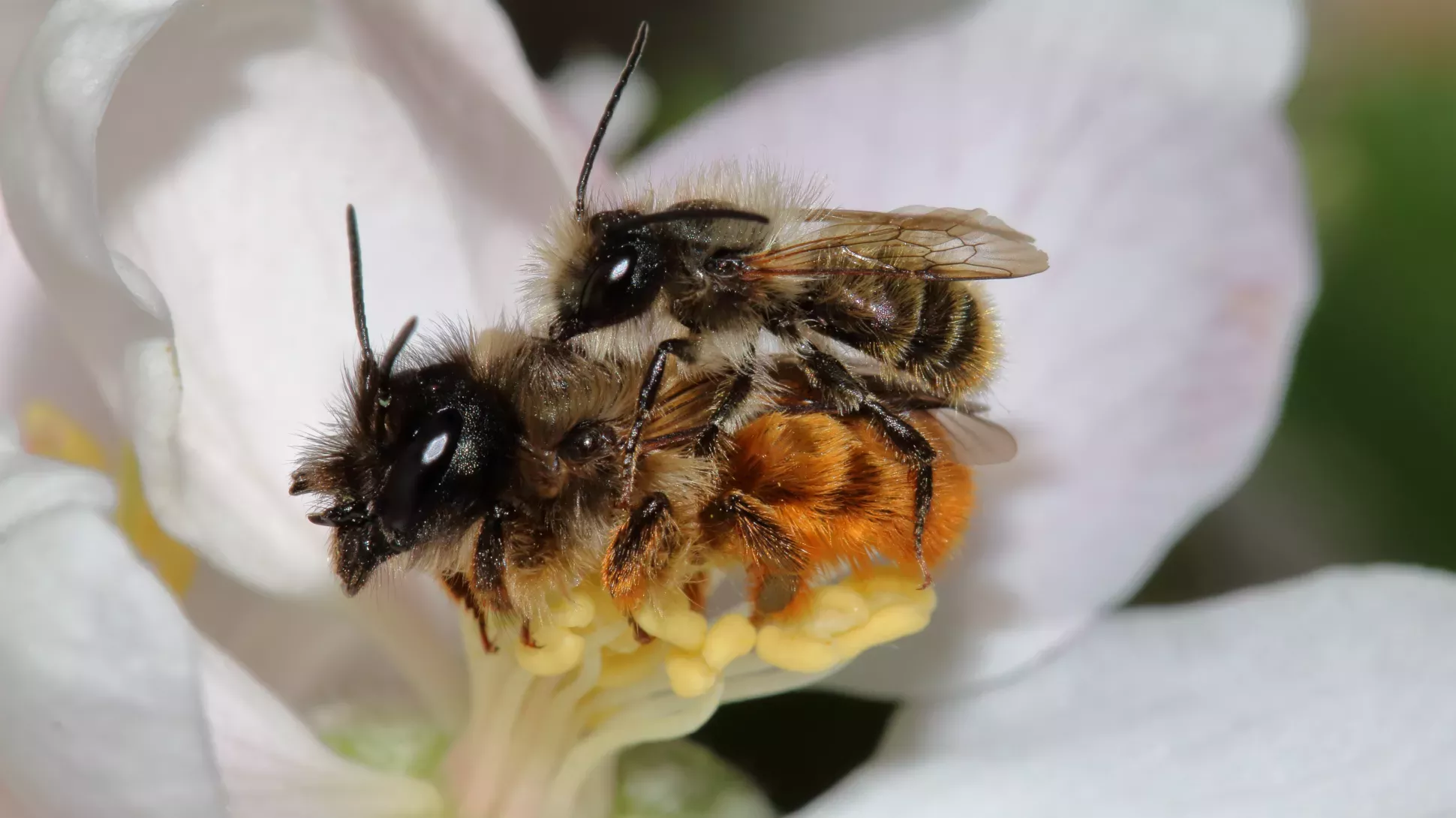
Little pollinators on the Prairie
One project within the Pollination research stream of Nature Unlocked explores how roadside verges could become as species-rich as native grasslands.
'We compared pollinator communities and plant composition on managed meadows in the High Weald, including at Wakehurst, and compared them to nearby roadside verges. Our findings showed that roadside verges hold a lot of potential and could support a good diversity of bee species,' Hauke explained.
Using Wakehurst as a living laboratory, investigations moved to the American Prairie — the vibrant six-acre North American landscape.
The team are investigating whether non-native grassland could also provide adequate nutritional value for native pollinators right here in Sussex, or whether they could help to supplement resources from native plants and enhance pollinator abundance and diversity.
This research can also be applied in urban areas, where Hauke is 'advising developers and landscape architects on how we can plan urban sites to welcome more pollinators, including which plants to grow and how to best use a green roof (roofing covered in living plants that provide homes to pollinators).'
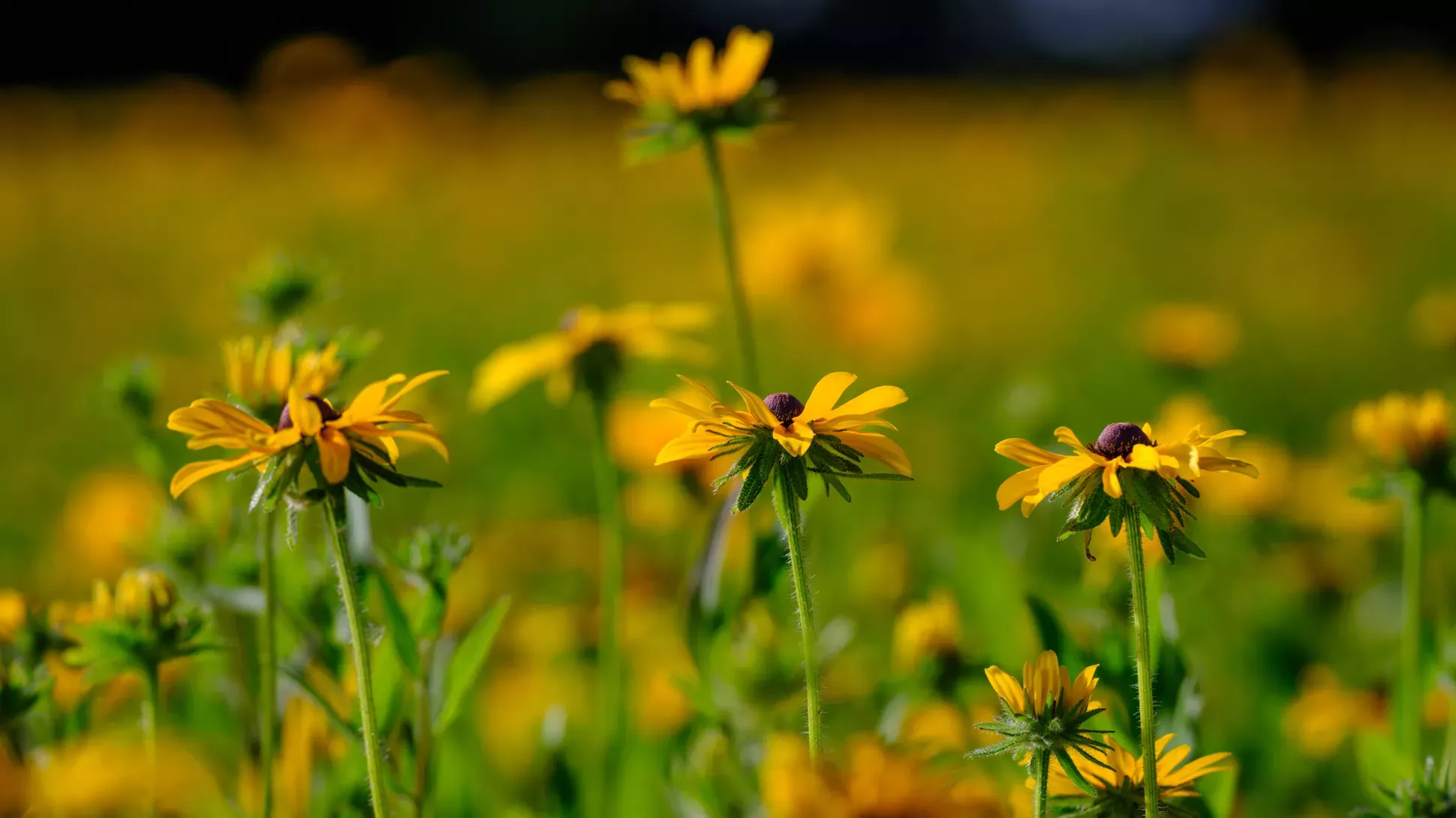
Bringing the science to Sussex
To discover the pollinator diversity at Wakehurst, Hauke's team are using a range of different techniques including nets and pan traps to sample bee species in different habitats.
The team are also using a refractometer to read the sugar concentration in a drop of nectar, and analysing the chemical composition of pollen in the chemistry laboratory at Kew.
'These tools will help us to estimate the quality of resources provided by different plants. We can then compare the American Prairie with our native grasslands to assess their benefits for pollinators,' Hauke explained.
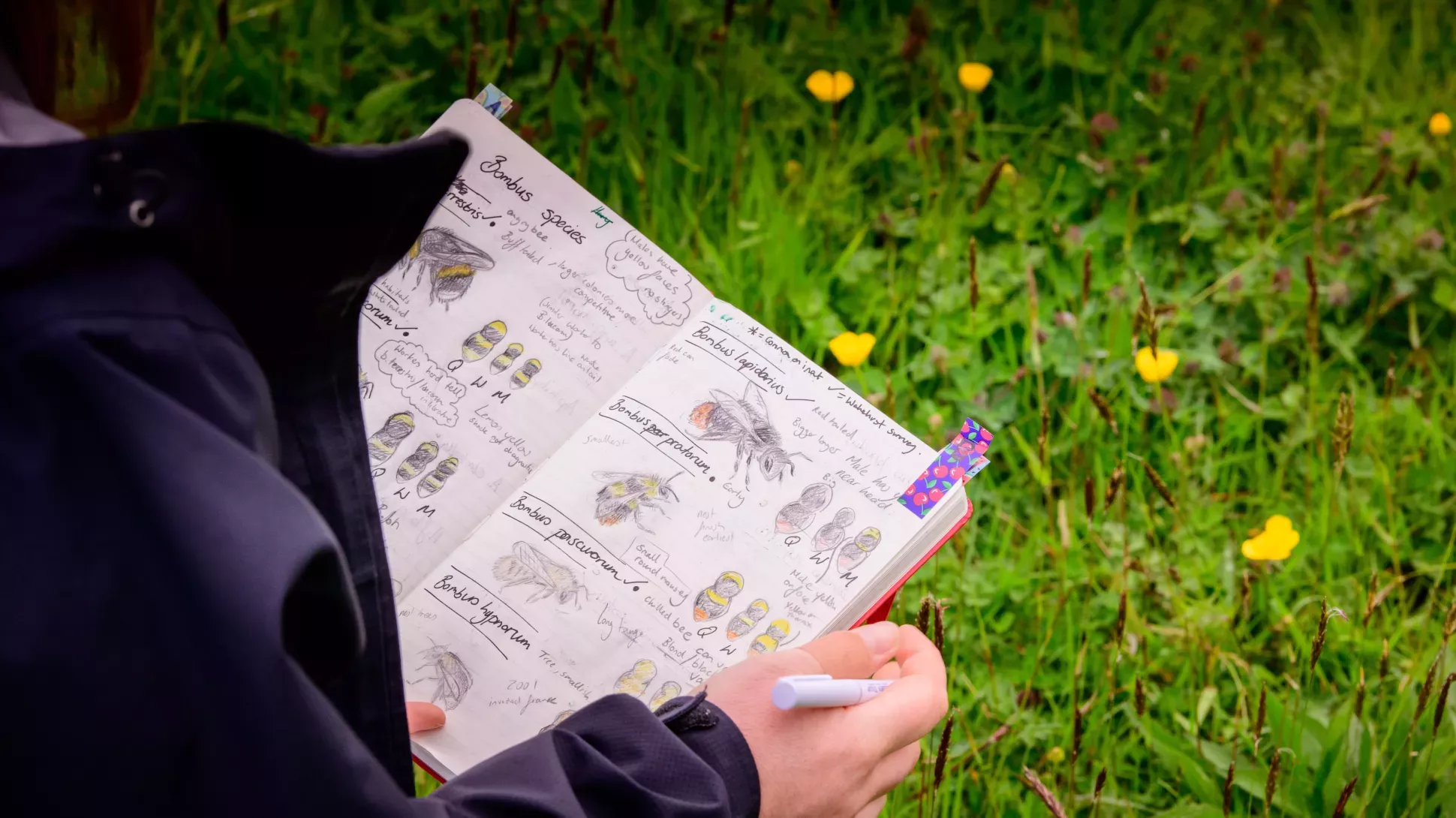
Calling on citizen scientists
On a mission to identify all the species across Wakehurst, Hauke has set up a collaborative project on the iNaturalist app where visitors can upload images of pollinators spotted whilst strolling around the gardens.
The species can then be formally identified by our experts and added to a wider database.
This will prove pivotal for the team as they build the full picture of the diversity and location of our pollinators.
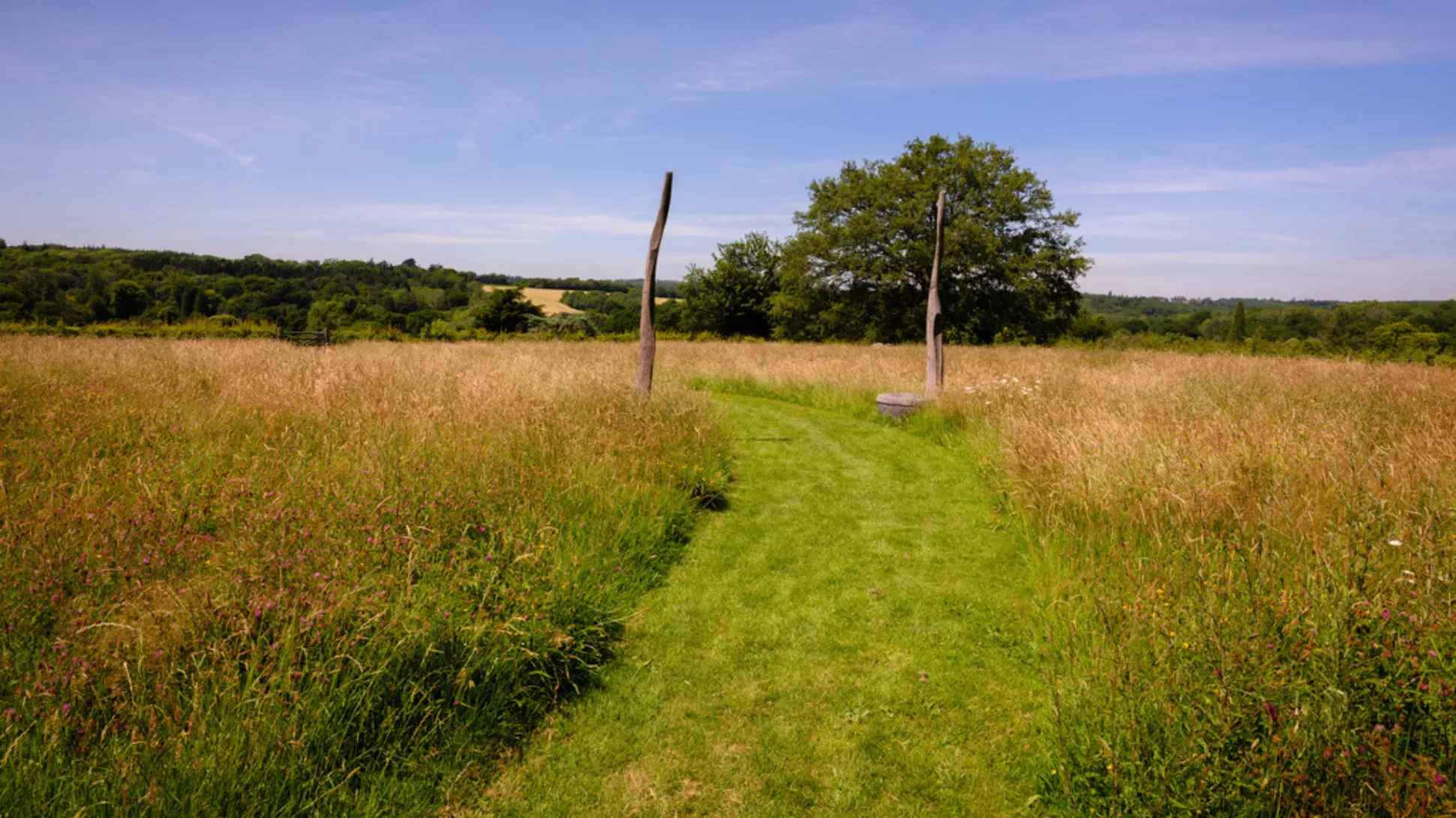
Creating a buzz
By collecting data on which plants and habitats provide the most nutrients for our pollinators, we’ll be able to make recommendations to landowners, governments and even people at home.
Hauke said, 'With more information on the best practices in agricultural management, we can develop strategies to better protect and support pollinators in the UK.'
They may be small, but our pollinators have a huge role to play, and it is our job to encourage biodiversity across the country to give them the best chance of survival.
Did you know?
The open woodlands and flower-rich meadows at Wakehurst are key locations for spotting some of our more threatened species. Why not venture down into Bloomers Valley or Coronation Meadow on your next visit?

